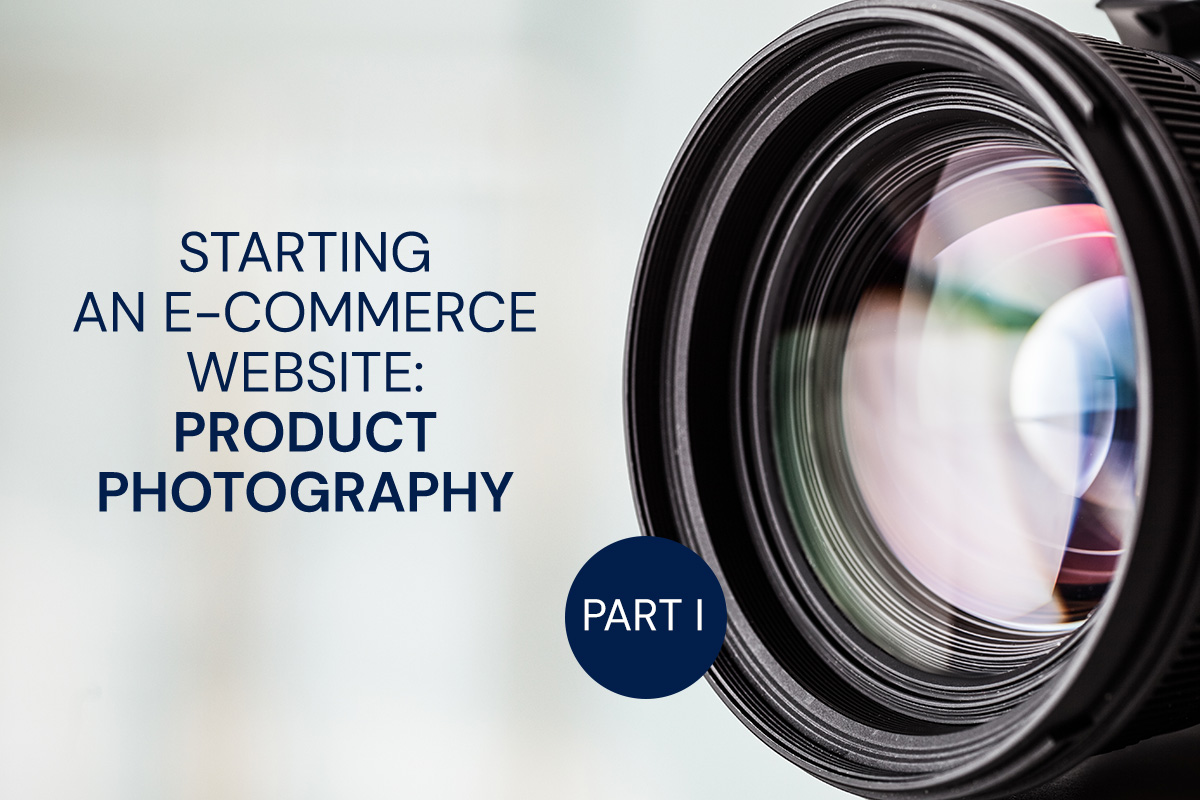Last week we talked about the top mistakes people make when they’re launching an e-commerce website, but this week we are going to go backwards. We are embarking on a series of posts about the most important considerations to make BEFORE you start working with a web designer/developer to set up your online store. In this case, we’re specifically talking about product photography. As seasoned veterans of this process, we’ve encountered various oversights in product photography many times before. And if you are guilty of overlooking your photos, it’s okay. That’s precisely why we’re writing this post.
The Importance of Good Product Photography
For some reason, this is one of the top issues we’ve encountered. Your product photography needs to represent your wares in their very best light. In most cases, this will be isolated on a white background. Of course, it’s possible to remove a background in Photoshop after a product is shot, but there’s always an element of fakery that ranges between slight and super-obvious. Starting with a high-quality photo is always going to be your best bet.
DIY Product Photography
If you are the hands-on (or low-budget) type, there are plenty of great product photography tutorials online. There are a few non-negotiables:
- A seamless white background. You can make one using a piece of white posterboard, but we like this seamless background if your products are on the smaller size.
- A DSLR on a tripod—not just an iPhone. Learning how to set your white balance is critical; consult your camera’s manual.
- Some kind of reflector. It can one of these big photographer’s reflectors, or it can be as simple as a piece of foamcore.
- While you may not always need a full battery of professional lighting gear, there’s no substitute for beautiful natural light, gently streaming in from a north- or south-facing window. Be aware of changing light and of shadows. Those are not always easy to remove “in post,” as the pros say.
When to Turn to a Pro
If you’ve tried to do it yourself and the photos aren’t working out, it’s a very good idea to hire a photographer who specializes in product photography, and can show you examples in her portfolio that are similar to your product. For example, we worked with a designer who used an all-around photographer to shoot her jewelry, and we were all disappointed when the images came back looking flat and dull. When she hired a photographer who specialized in jewelry to re-shoot the pieces, the results were night and day.
And don’t forget that you do have the option for having images edited after the fact. Generally, this won’t be done by your product photographer, but by a third-party vendor. Such vendors can clip out your images, add subtle shadows, and more.
The Web Designer’s Requirements for Product Photography
Two last notes:
In most cases, your product images should be square. Picture your product images all lined up in a grid, as thumbnails. That’s what your category page will look like, to some extent. Would you want them to be in different shapes, or cropping off important parts of the product image? Take a look at e-commerce website selling things that are similar to yours, and how they’ve dealt with the issue.
Lastly, product images should be the same size, with products displayed at a consistent size in all the photos. If you look at them in a grid all together, you don’t want some that are tightly cropped and some that are loosely cropped. Consistency is key.
Next week we’ll be back with another important topic to consider before setting up an online shopping cart—credit card processing! Don’t worry; it’s a lot more exciting than you might expect. If you can’t wait till then to know more, feel free to contact us.






